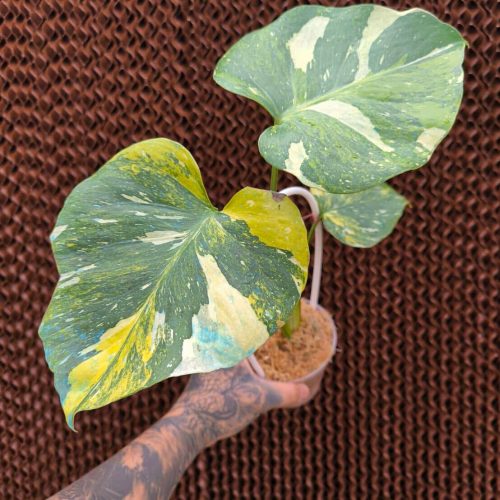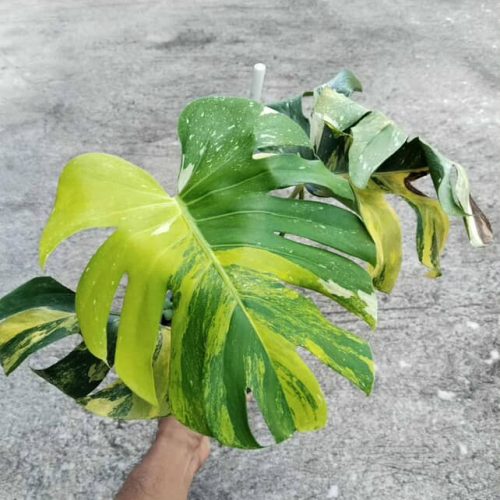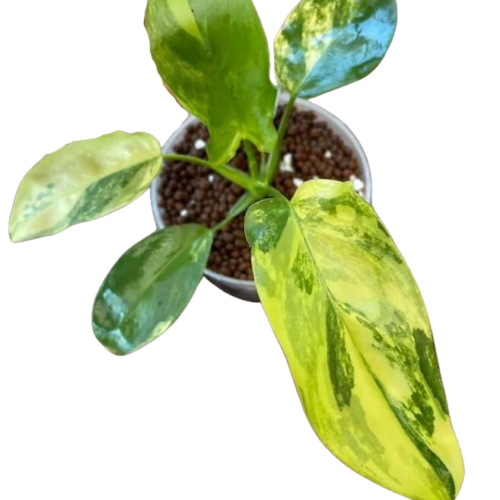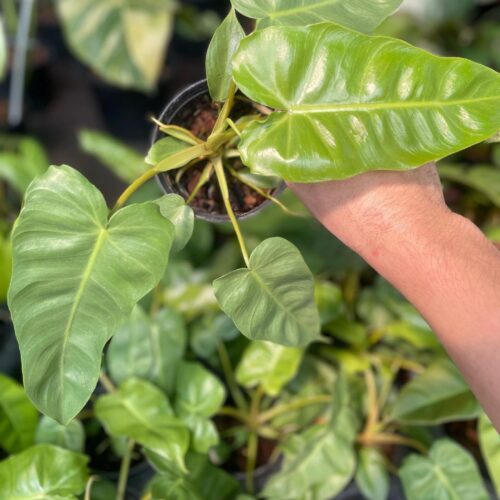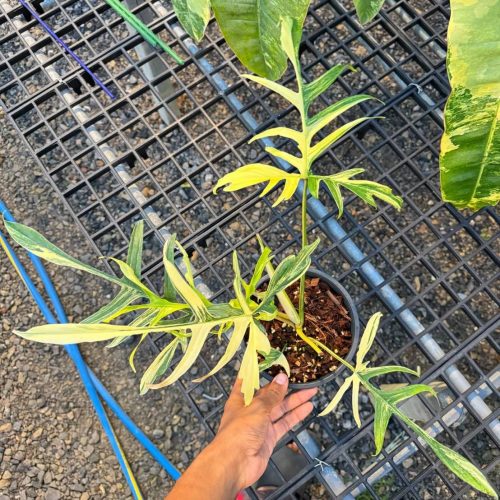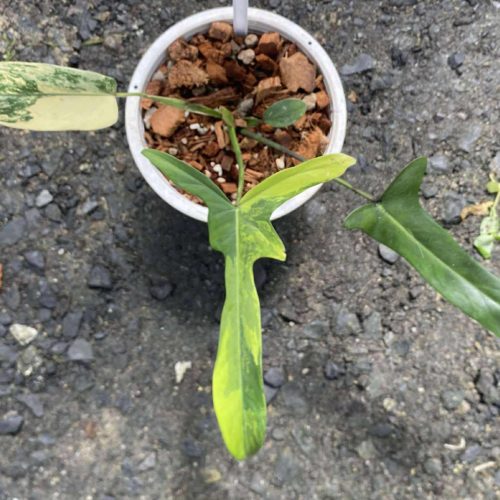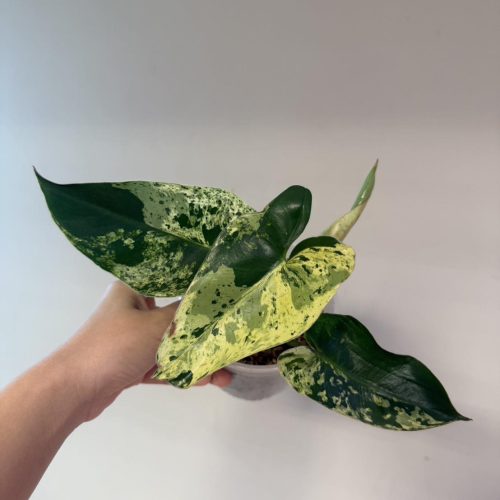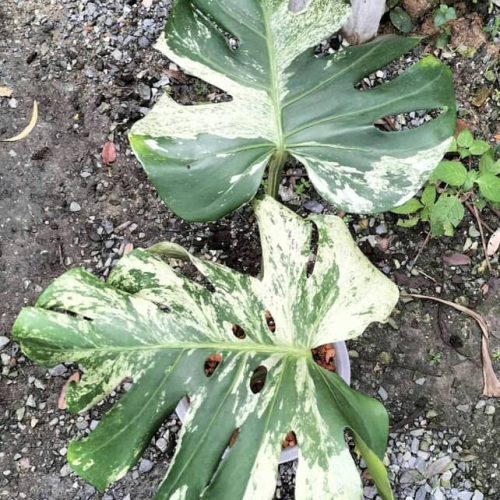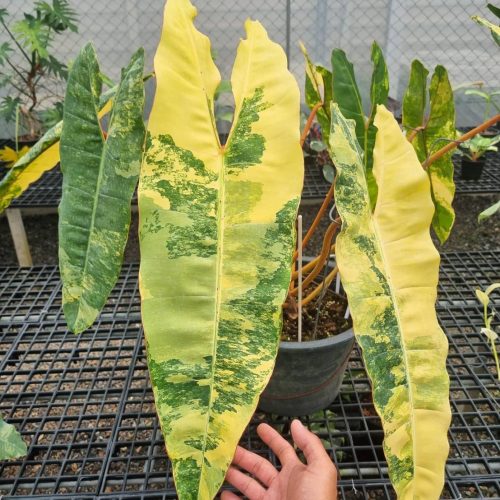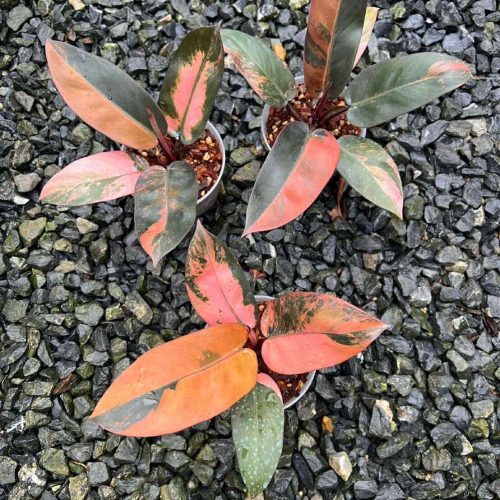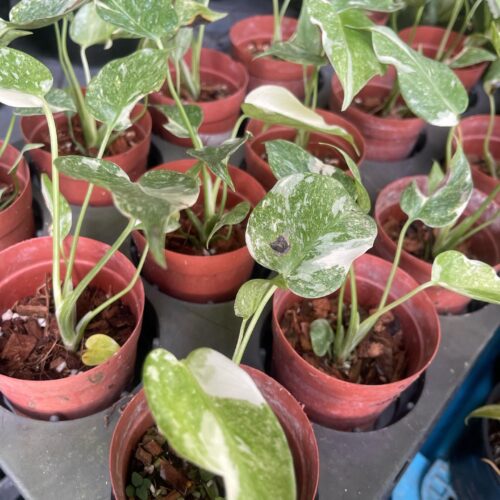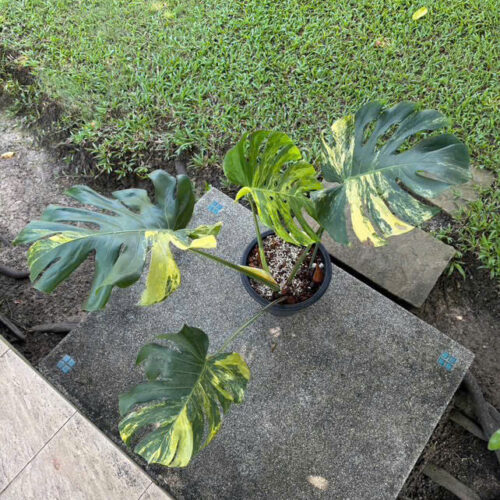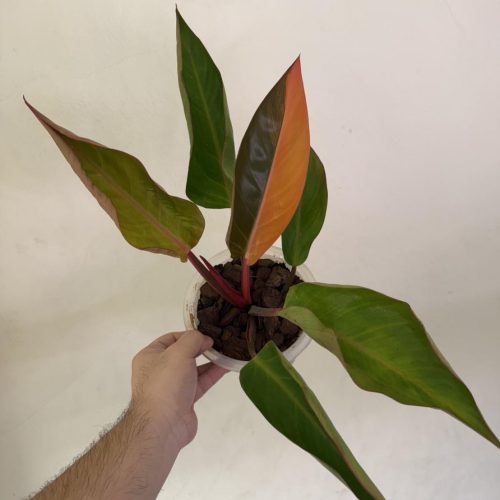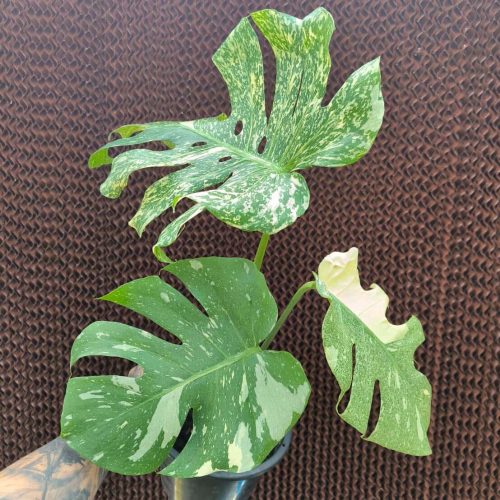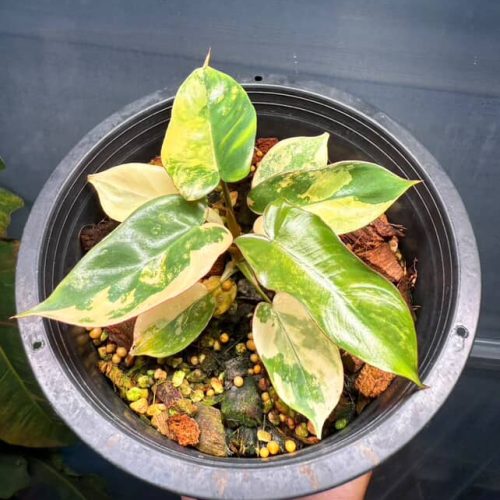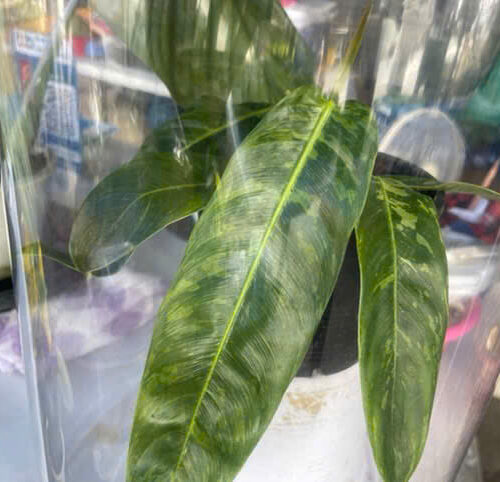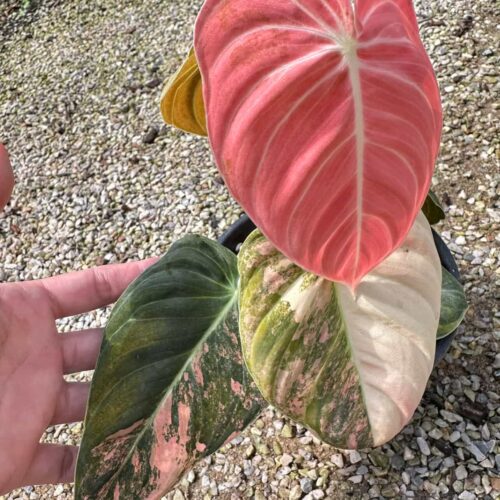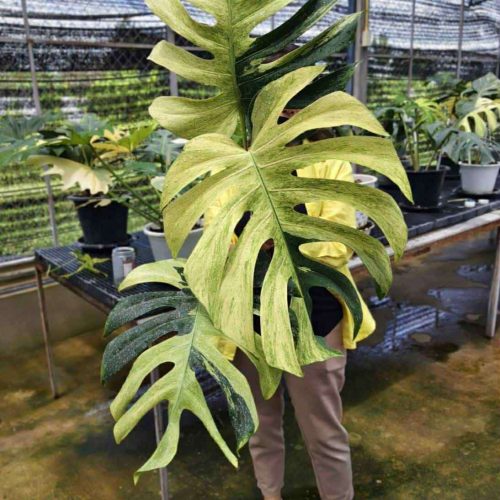Aroids, or members of the Araceae family, are a diverse group of plants that include many popular houseplants and ornamental plants. There are over 3700 species of aroids found throughout the world’s tropics and subtropics. They come in a wide range of shapes, sizes, and colors. Here is an overview of some of the main types of aroids.
Foliage Aroids
Philodendrons
Philodendrons are some of the most popular foliage houseplants thanks to their attractive, heart-shaped leaves. There are over 400 species of Philodendron that originate from the tropical Americas. They can be broken down into two main groups – vining types that crawl up tree trunks in their native habitat and non-climbing varieties.
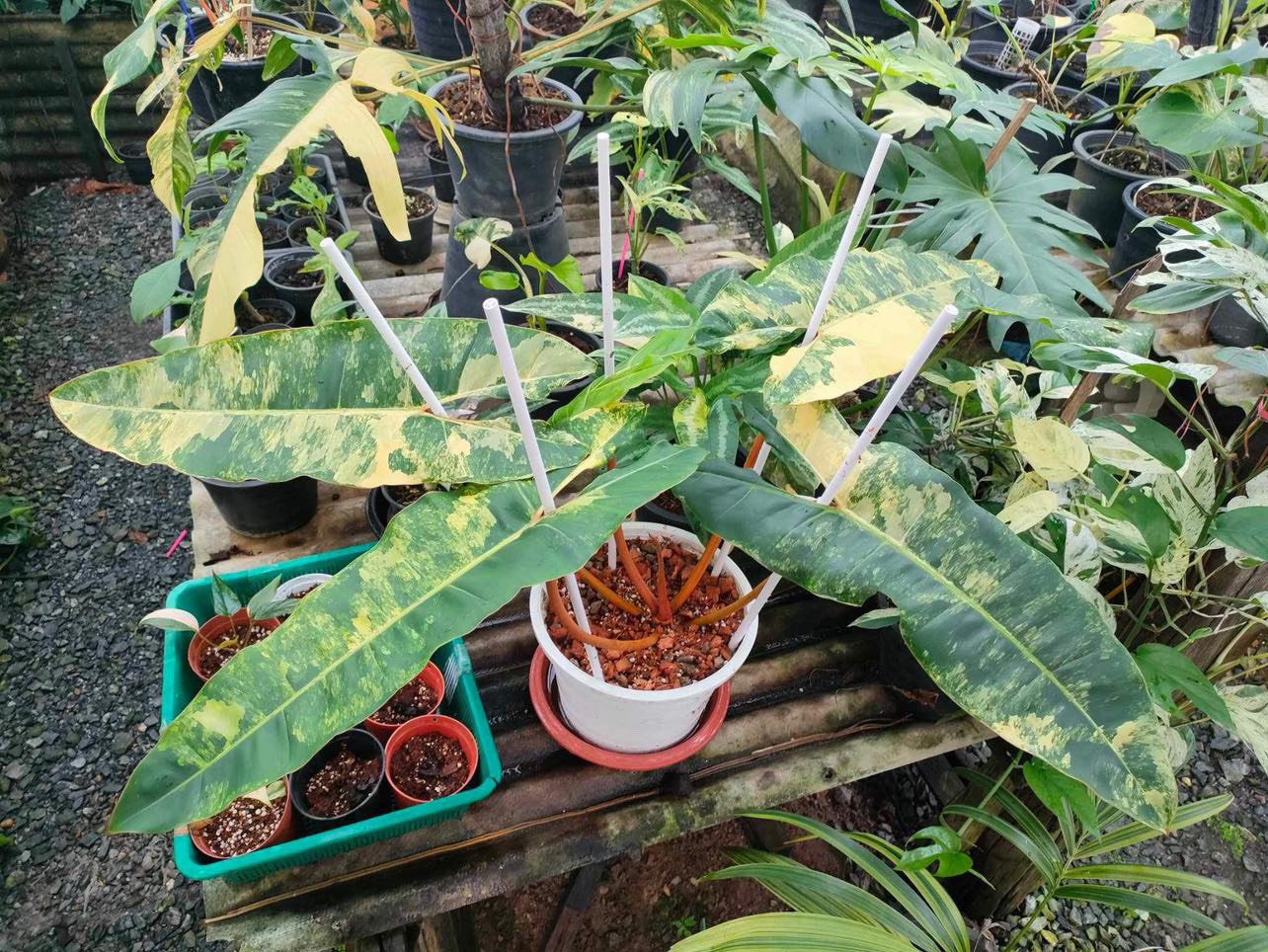
Popular vining philodendrons include the fast-growing Philodendron hederaceum with its bronze-green leaves and the velvet-textured Philodendron micans. The emerald green leaves of Philodendrons like Philodendron cordatum and Philodendron scandens are also prized. These long trailing philodendrons look great in hanging baskets.
Non-climbing philodendrons are shrub-like, growing in mounds from a basal offshoot. Philodendron bipinnatifidum is a showstopper – its frilly leaves can reach over 3 feet long on mature plants! The compact Philodendron ‘Xanadu’ is another top choice that’s easy to grow.
Anthuriums
Anthuriums are grown for their distinctive flowering spikes, known as spathes, which emerge from a colored modified leaf called a spathe. There are over 1000 species, mainly from the tropical Americas. They include Anthurium crystallinum with its velvety silver leaf and the flamingo flower (Anthurium scherzerianum) which has a vibrant red spathe.
The familiar heart-shaped leaves of Anthurium plants also look fantastic by themselves as houseplants. Examples include Anthurium clarinervium with its striking dark green veined foliage and Anthurium magnificum which has leaves over 3 feet long in mature specimens.
Aglaonemas
Aglaonemas, or Chinese Evergreens, are known for their patterned leaves which often combine various shades of green, silver, pink and red. They originate from the tropical forests of Asia and Indonesia. With over 20 species, popular Aglaonemas include Aglaonema ‘Silver Queen’ with its gray-green leaves and the striking red stems of Aglaonema ‘Lipstick’.
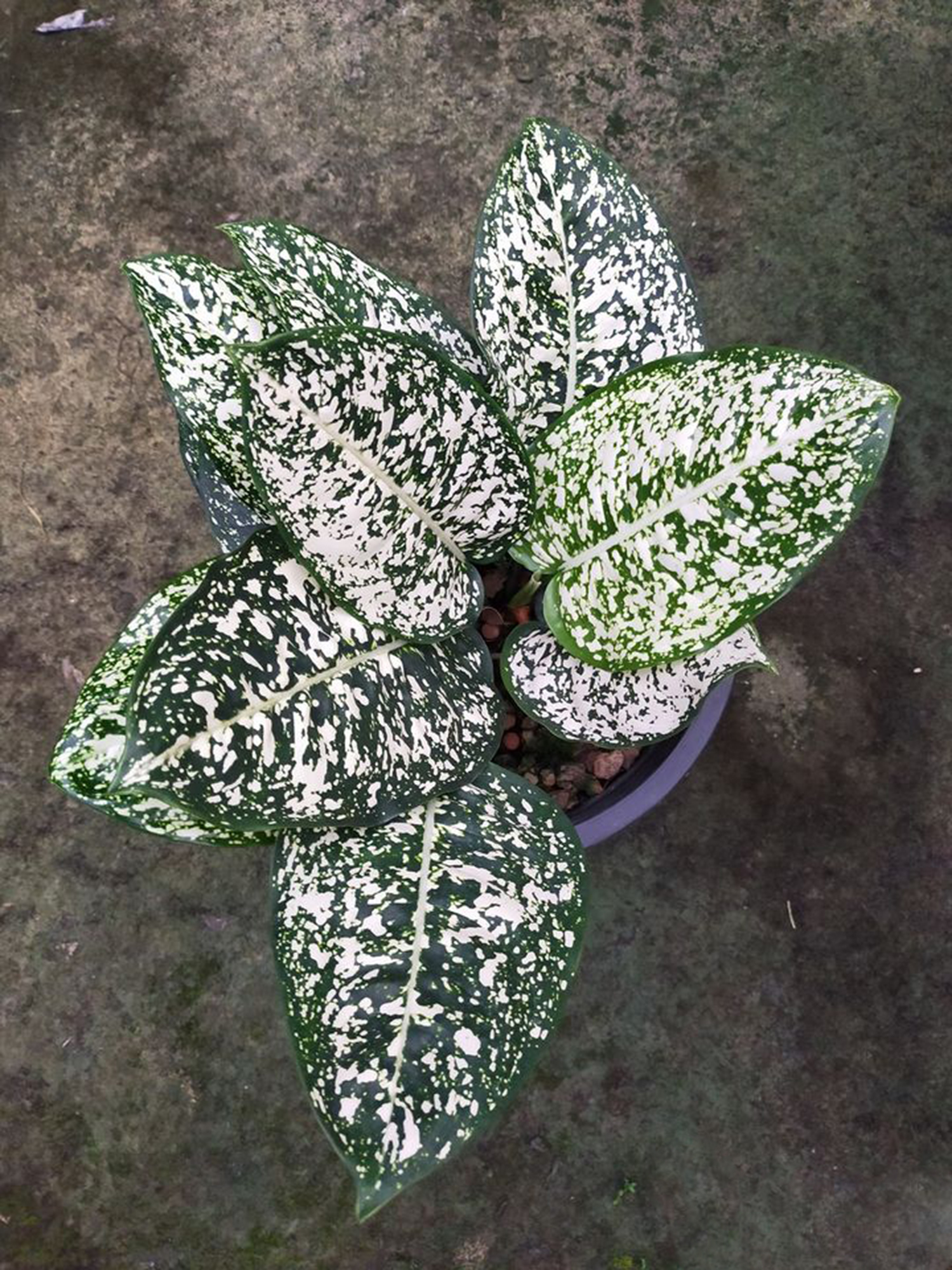
These plants are easy care, making them ideal houseplants. Variegated varieties like Aglaonema ‘Red Emerald’ feature pink and red markings for added interest. They can also tolerate lower light areas.
Unique Tropical Aroids
Alocasias
Alocasias feature some of the most ornate, arrowhead and elephant ear-shaped leaves in the aroid family. The 70+ species come from humid Asian rainforests and many have striking leaf veins, textures, and colors.
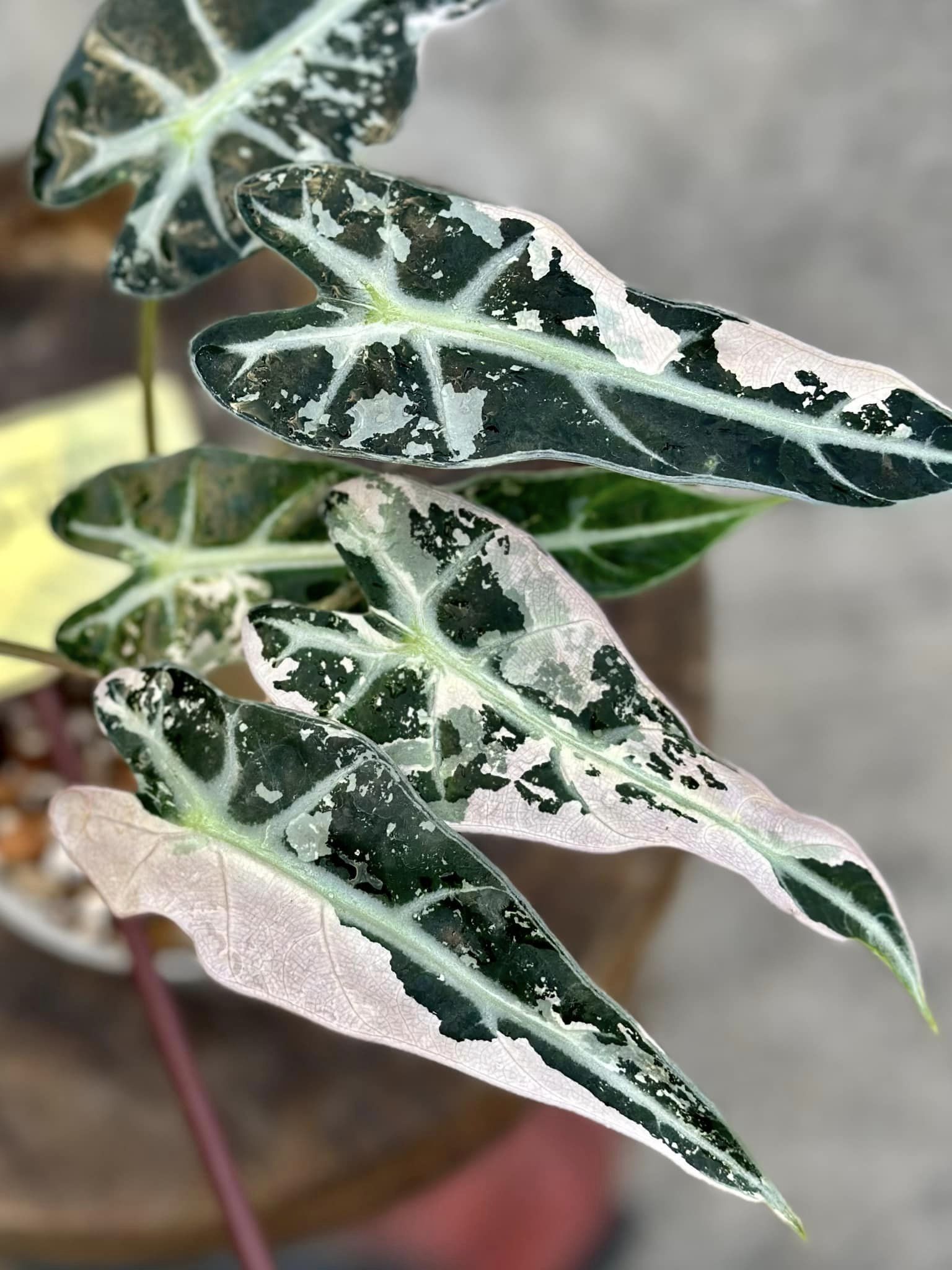
One of the most popular is Alocasia amazonica, or Alocasia ‘Polly’. Its shiny green leaves contrast beautifully with the white leaf veins. Larger specimens like Alocasia macrorrhiza ‘Stingray’ have slender leaves over 5 feet long. And the metallic sheen of Alocasia cuprea ‘Red Secret’ leaves really stands out.
Many Alocasias have velvety leaf undersides as well while some like Alocasia baginda ‘Dragon Scale’ are covered in soft spines for defense. They thrive in steamy greenhouse environments.
List of the most sought after rare aroids in 2023
Colocasias
Closely related to Alocasias, Colocasias feature even bigger, often purple-tinged leaves. Sometimes called elephant ears, they grow in swampy areas across tropical Asia. Highlights include the purple-black leaves of Colocasia ‘Black Magic’ that can reach over 5 feet tall. Colocasia esculenta ‘Mojito’ has a fresh green and cream variegated color.
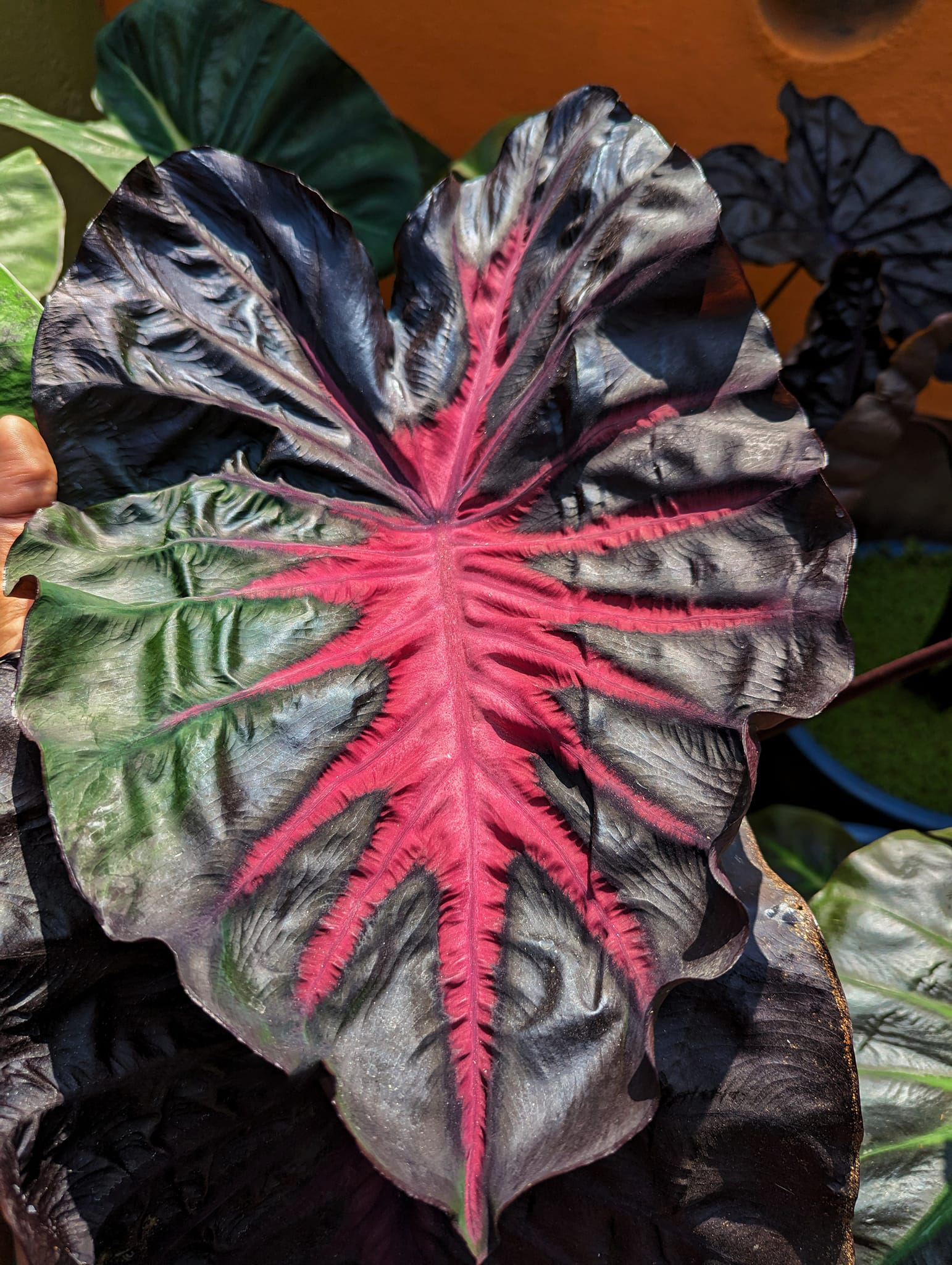
Colocasias also grow from underground tubers which are edible. In fact, Colocasia esculenta is a staple food crop known as taro across the tropics. The tubers and leaves are cooked and eaten as a vegetable.
Monsteras
Monsteras feature deeply lobed, holey leaves that look like they have been artfully cut. These tropical vines from Central and South America climb up tree trunks in rainforests. There are only six species but hundreds of cultivated varieties.
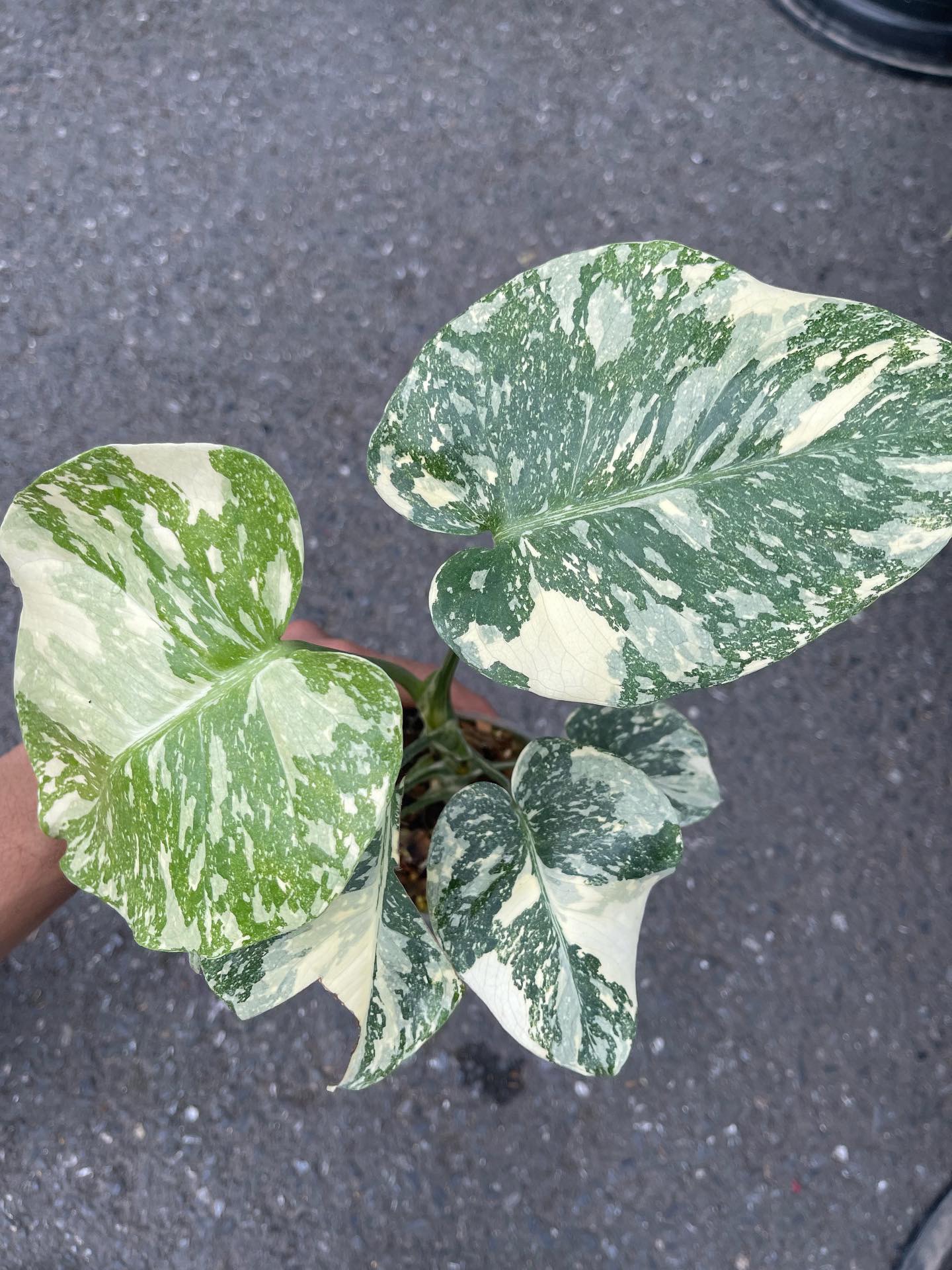
The iconic Monstera deliciosa is most popular with its slender split and holey green leaves. Variegated types like Monstera deliciosa ‘Albo’ feature striking white markings. Monsteras also change form during their lifetime – young plants have solid leaves that develop holes as they mature.
Other Monsteras worth noting are Monstera adansonii which has lacy oval leaves and the extra large leaves of Monstera borsigiana. Nicknamed the Swiss Cheese Plant, Monsteras need support or a mossy pole as they grow.
Hardy Outdoor Aroids
Calla Lilies
Calla lilies feature elegant white flowers that rise above attractive green lance-shaped foliage. They grow from swollen underground stems called rhizomes. Calla lilies are not tropical, handling light frosts and colder climates. The original Zantedeschia aethiopica comes from South Africa.

Zantedeschia hybrids come in a range of colors from dark purple (Zantedeschia ‘Black Pantha’), bright yellow (‘Yellow King’) to pink (‘Flame’). The spotted throats and stems of Zantedeschia elliottiana also stand out. Plant calla lily rhizomes in spring for summer blooms.
Caladiums
Closely related to calla lilies, caladiums are grown as annuals for their colorful leaves that combine shades like red, pink, white and green. Originally from Brazil, they die back in winter then return when planted again in spring. Caladium bicolor is the classic heart-shaped red and green variety.
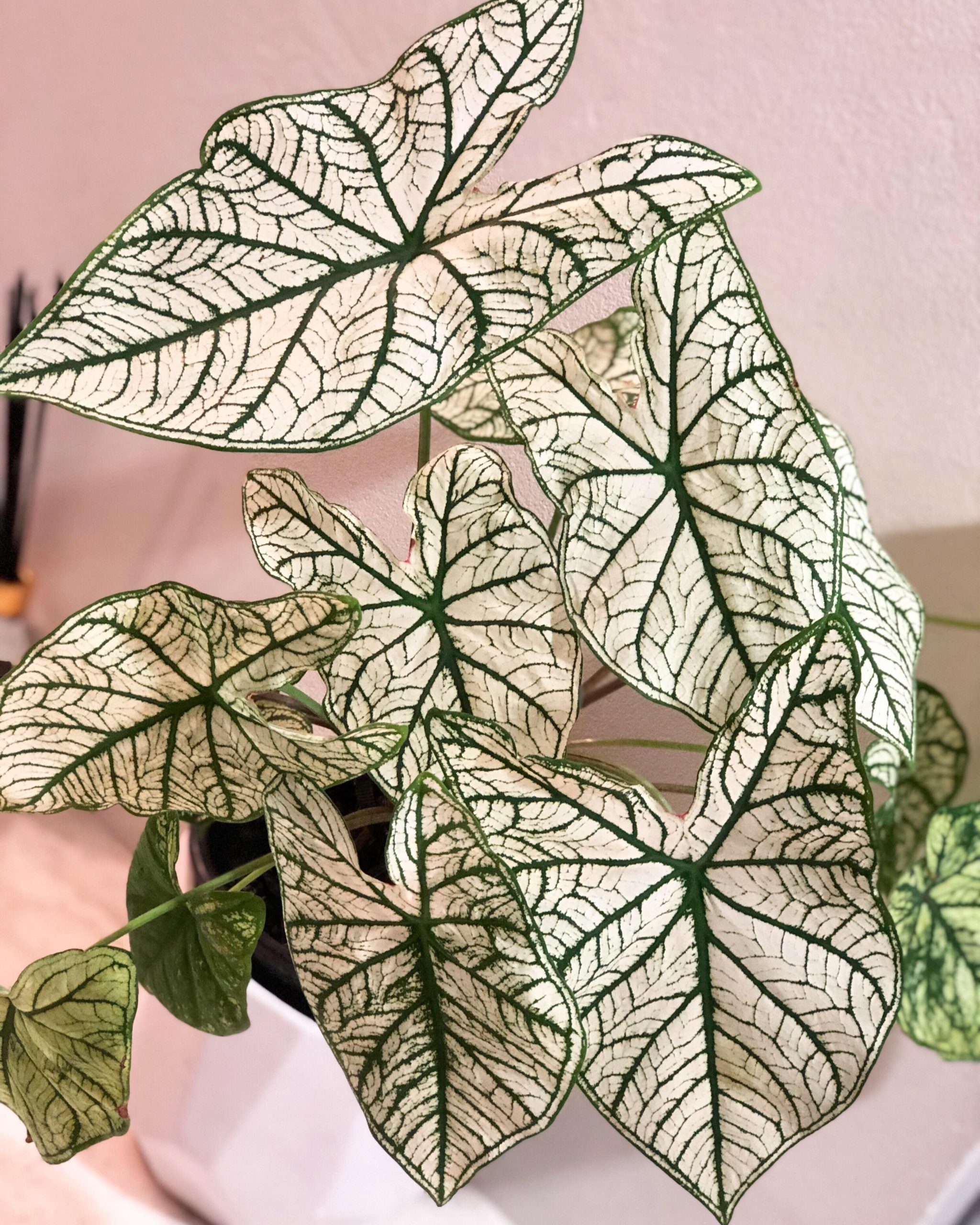
Caladiums also come in more unusual leaf shapes like the arrowhead leaves of Caladium lindenii ‘White Queen’. C. ‘Carolyn Whorton’ has striking dark pink veins on creamy white leaves. These shade lovers do best in organically rich, moist soil. Plant the tubers about 2 inches deep in the soil.
Where to buy Rare Variegated Plants? Benefits from importing plants from Thailand
- Shipping: Door to door shipping, fast and safe with Dragon Courier
- Biodiversity: Thailand is known for its rich biodiversity, including a wide variety of aroid species. This diversity allows importers to access a broad range of unique and exotic aroid plants.
- Quality and Health of Plants: The suitable climate helps the plants grown here stay healthy and of high quality.
- Cost-Effectiveness: Due to favorable growing conditions and efficient production methods, Thai aroid plants can often be more cost-effective compared to those from other countries.
- Access to Hybrid Varieties: Thai growers are often involved in the development of new hybrid aroid varieties, offering unique plants that may not be available from other sources.
Rare Variegated Plants species are the most sought after by aroid plant lovers
Conclusion
Aroids encompass a diverse range of popular plants including many distinctive specimens with unusual foliage. They come from tropical and subtropical areas worldwide. While many do best as houseplants, some can be grown outdoors depending on the local climate.
With so many different aroids to choose from, it’s easy to find one to match your taste! Foliage plants like philodendrons and anthuriums feature green leaves in a variety of interesting shapes and textures. Hardier types like calla lilies and caladiums develop colorful flowers and leaves. And tropical specimens like alocasias have some of the most ornate foliage in the plant world.

